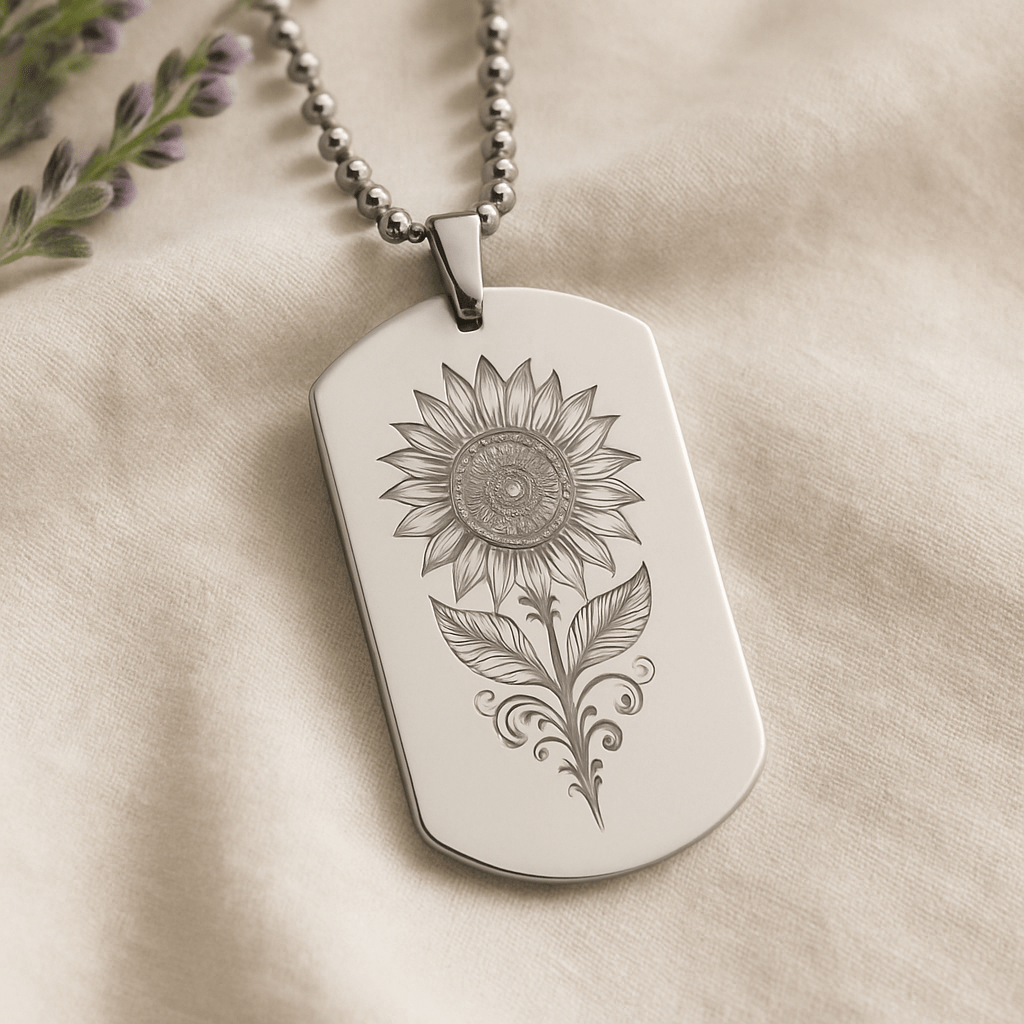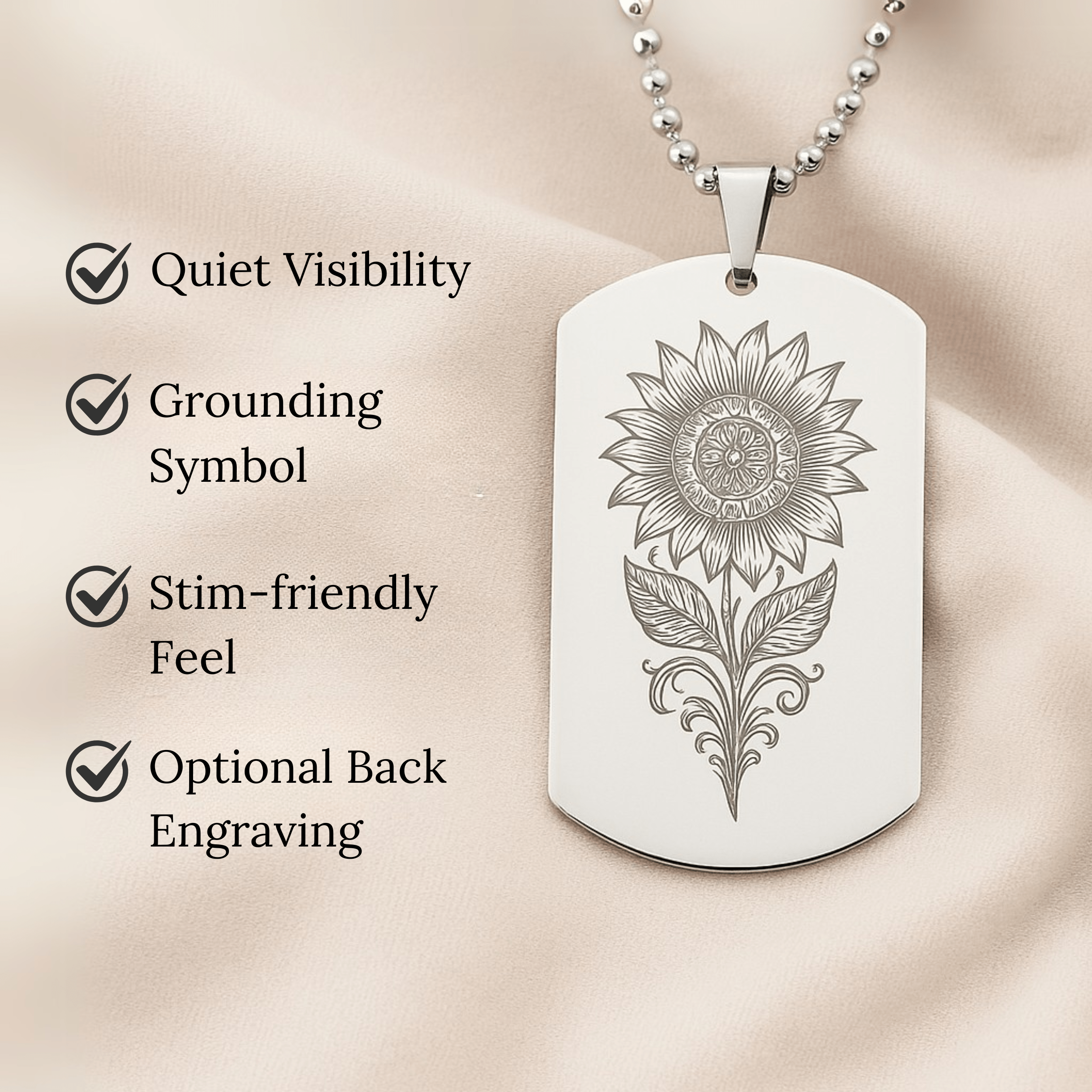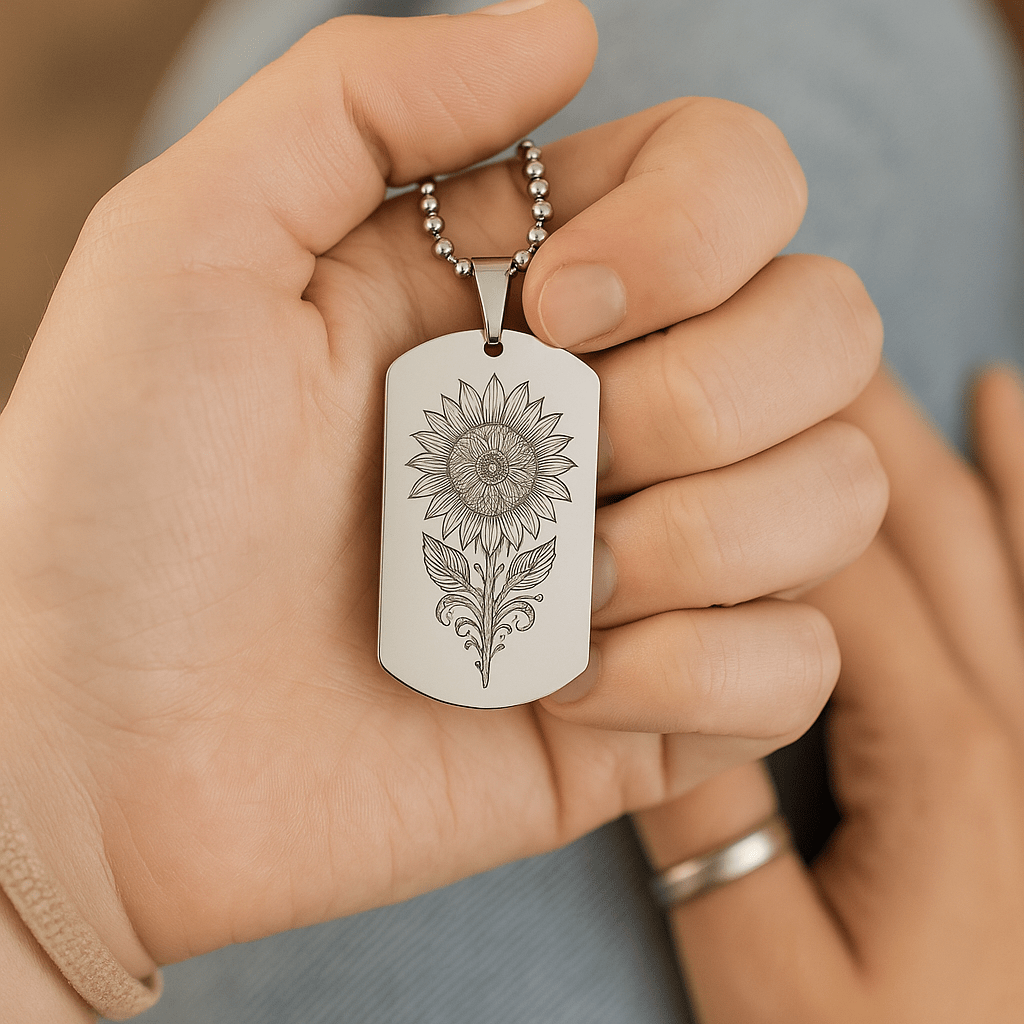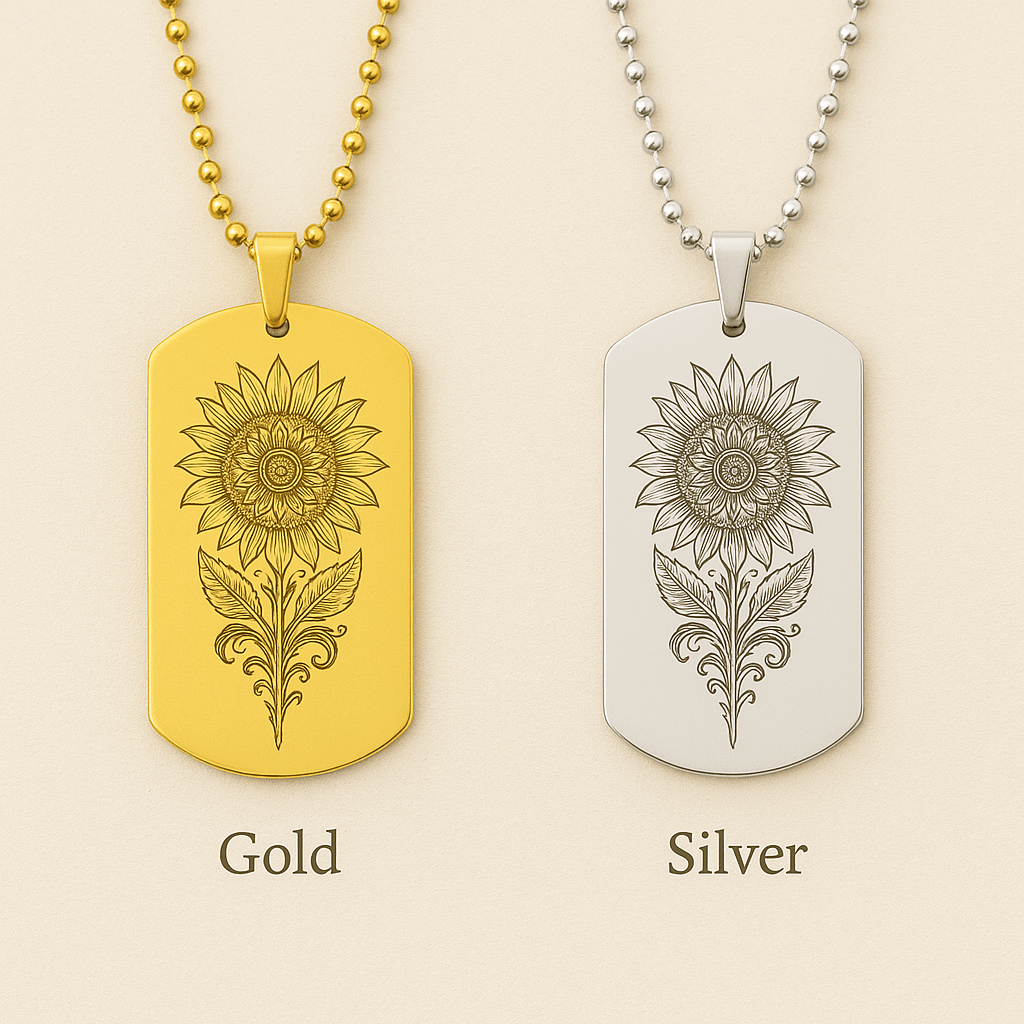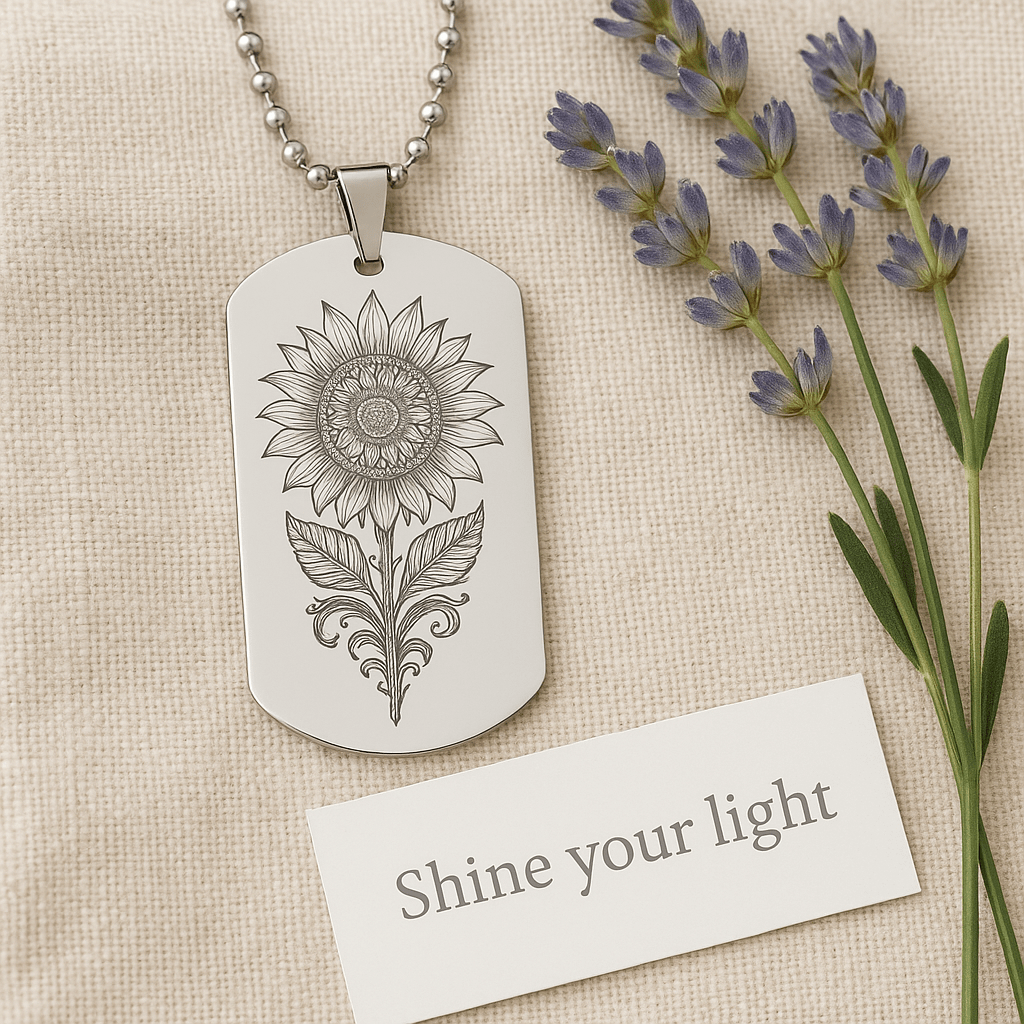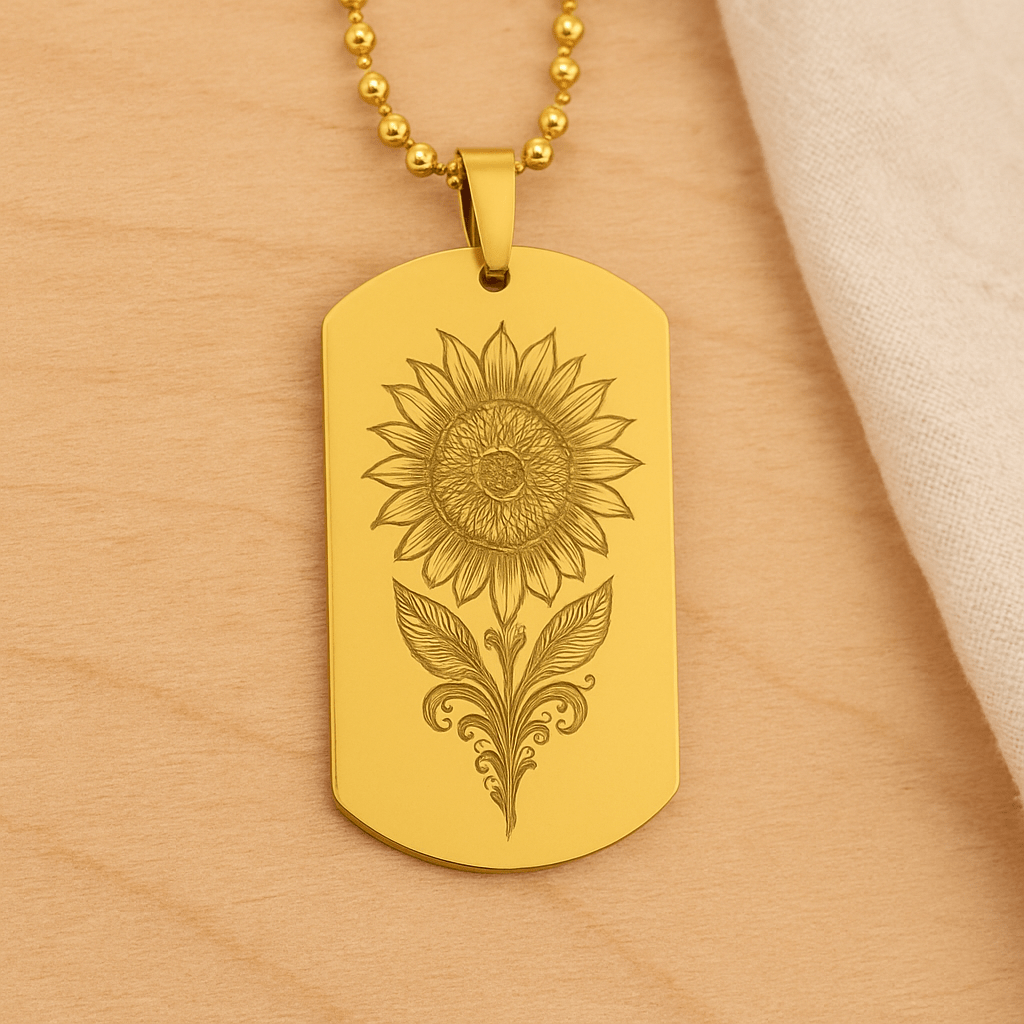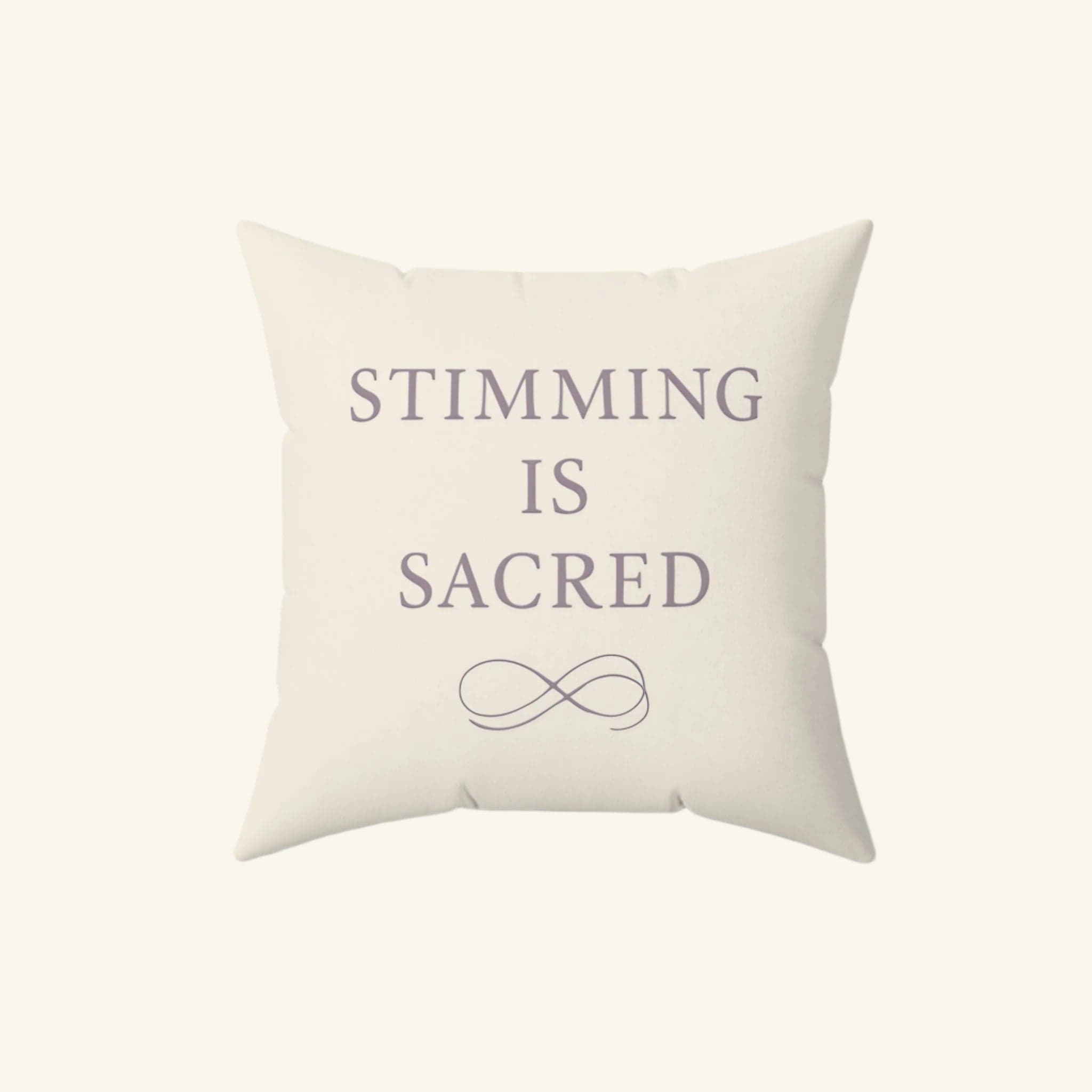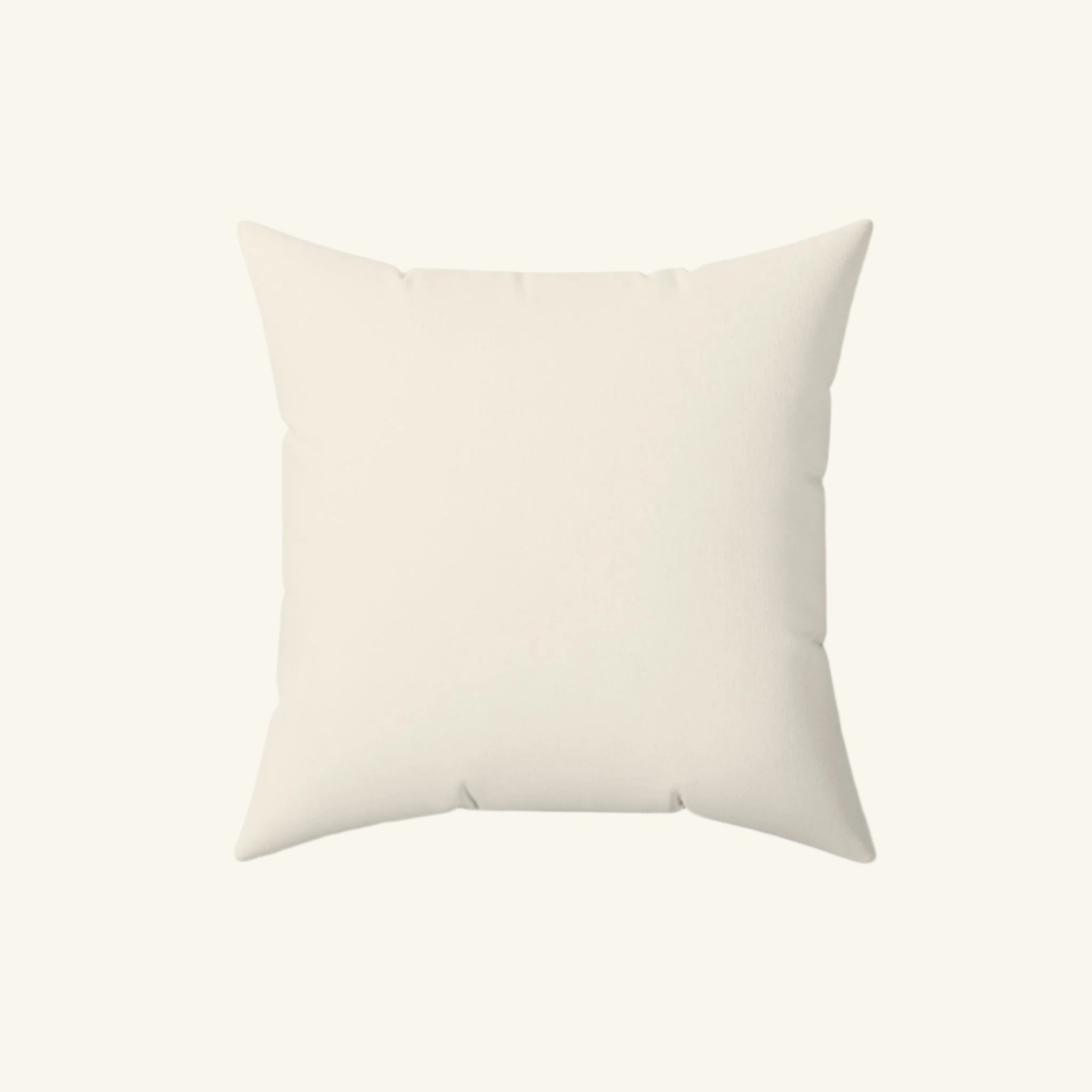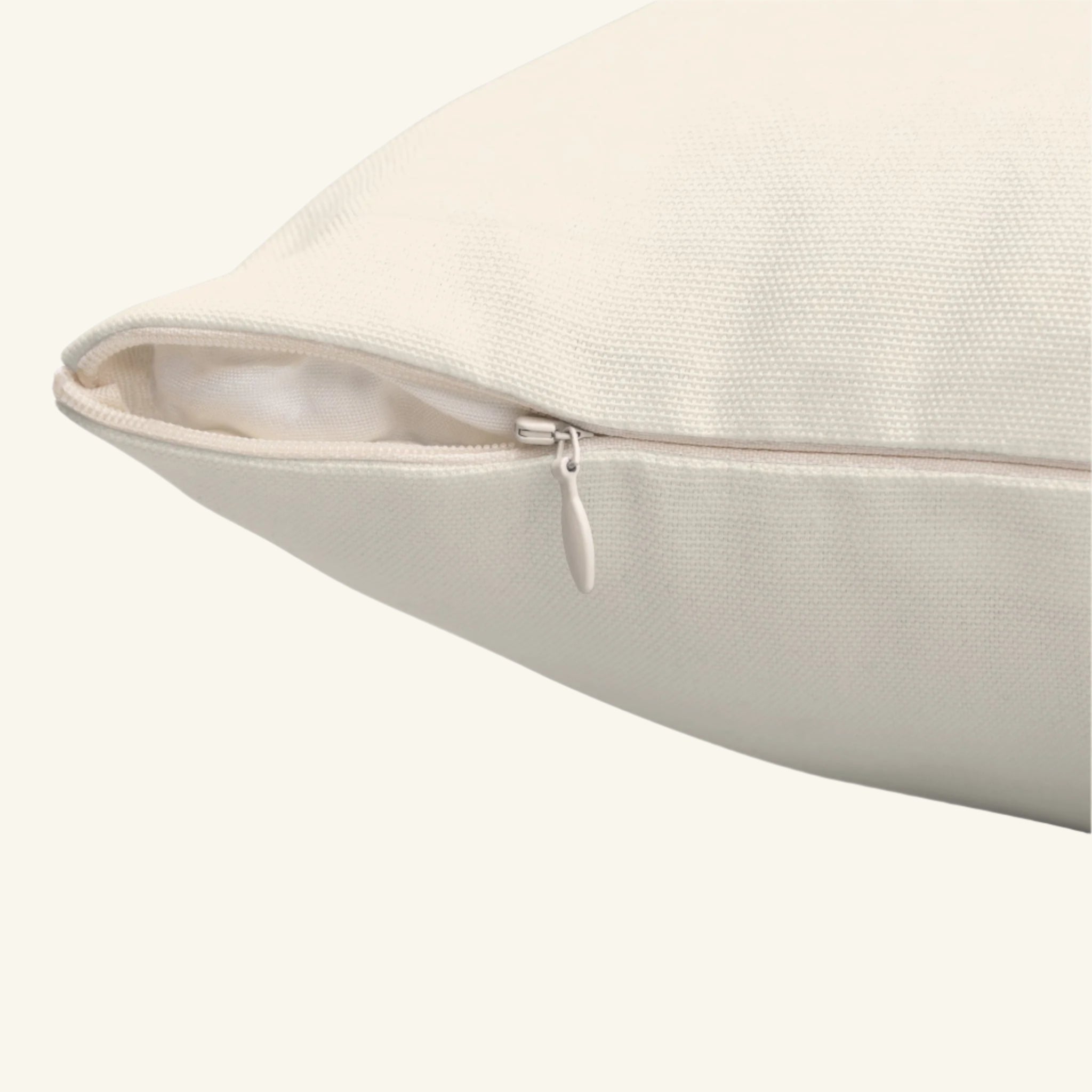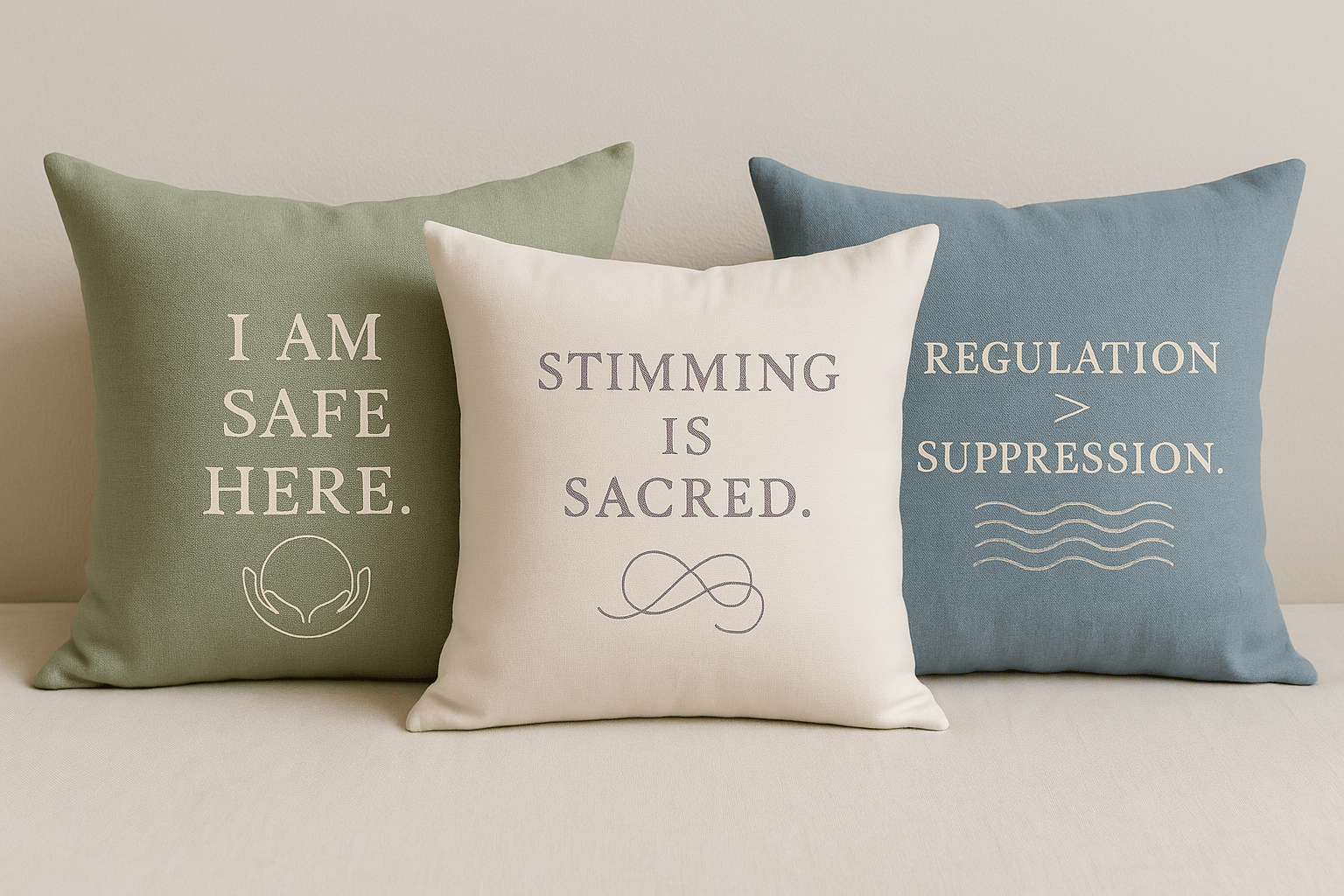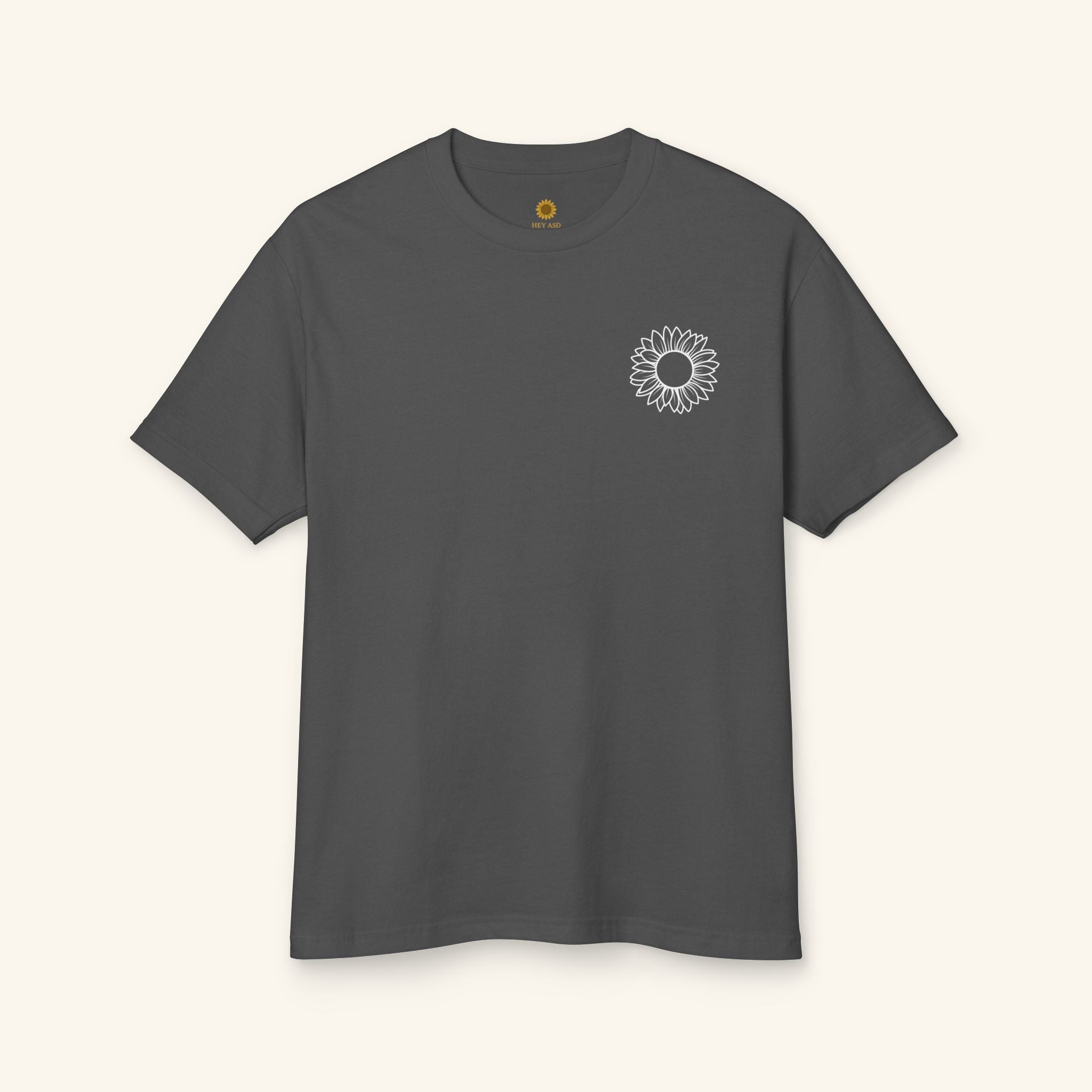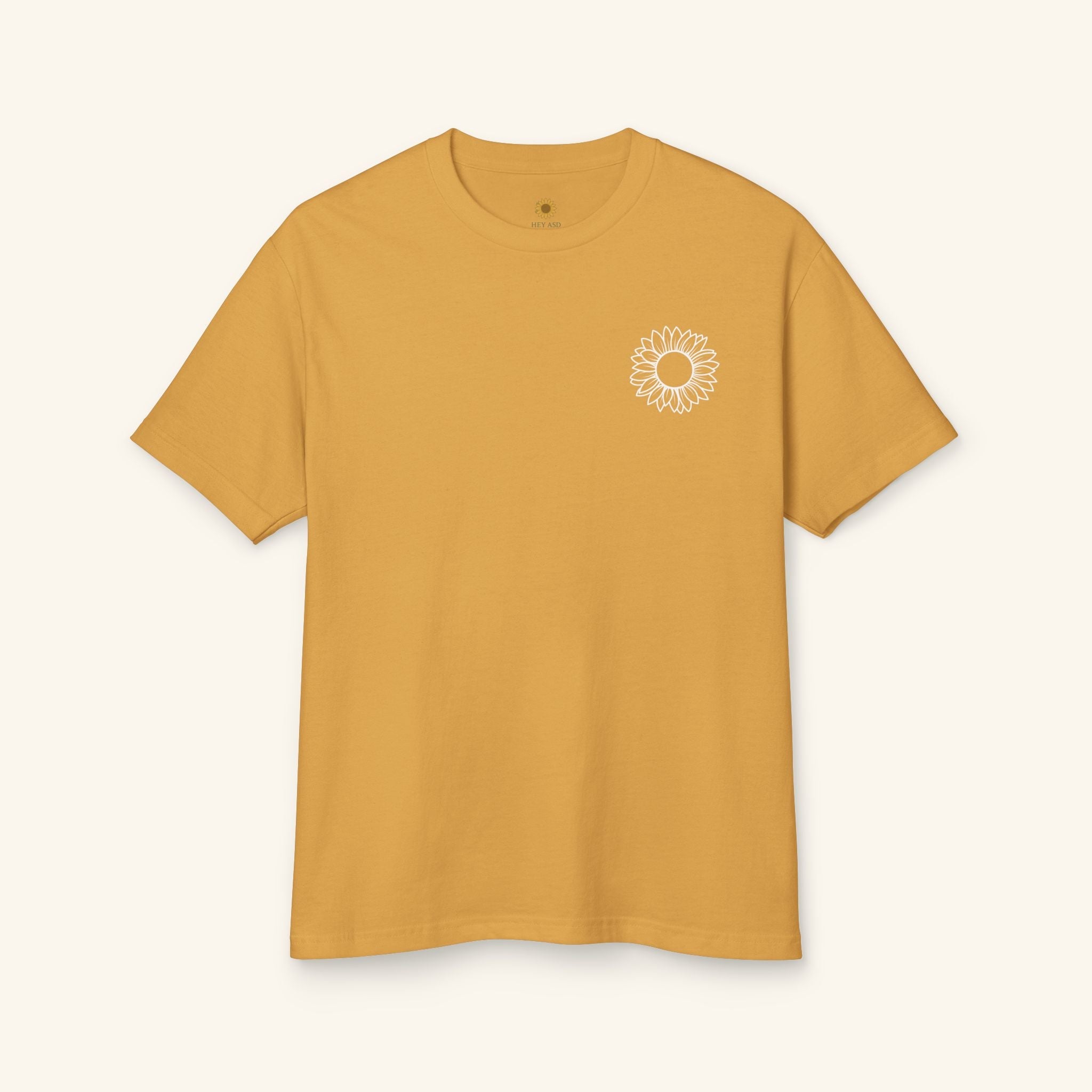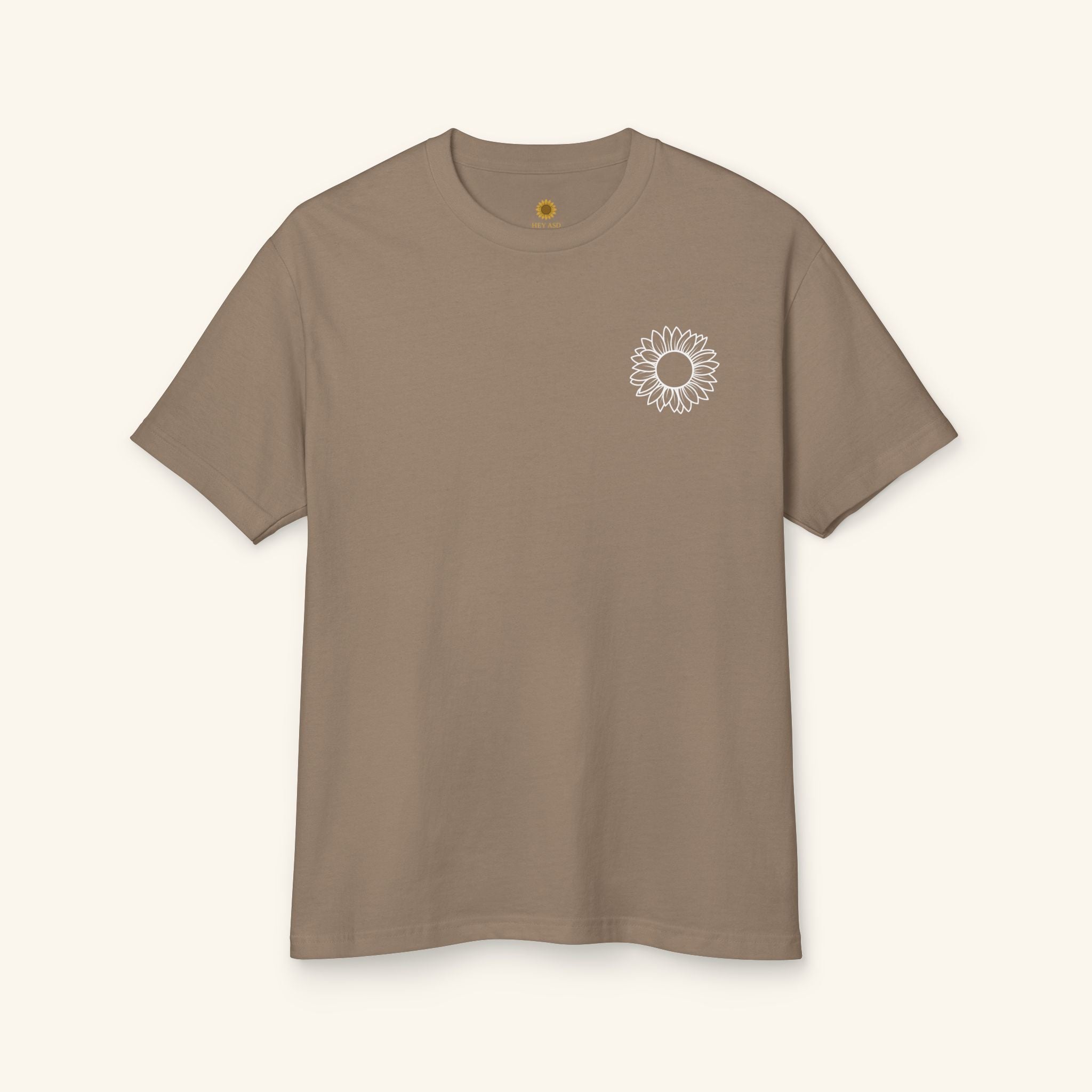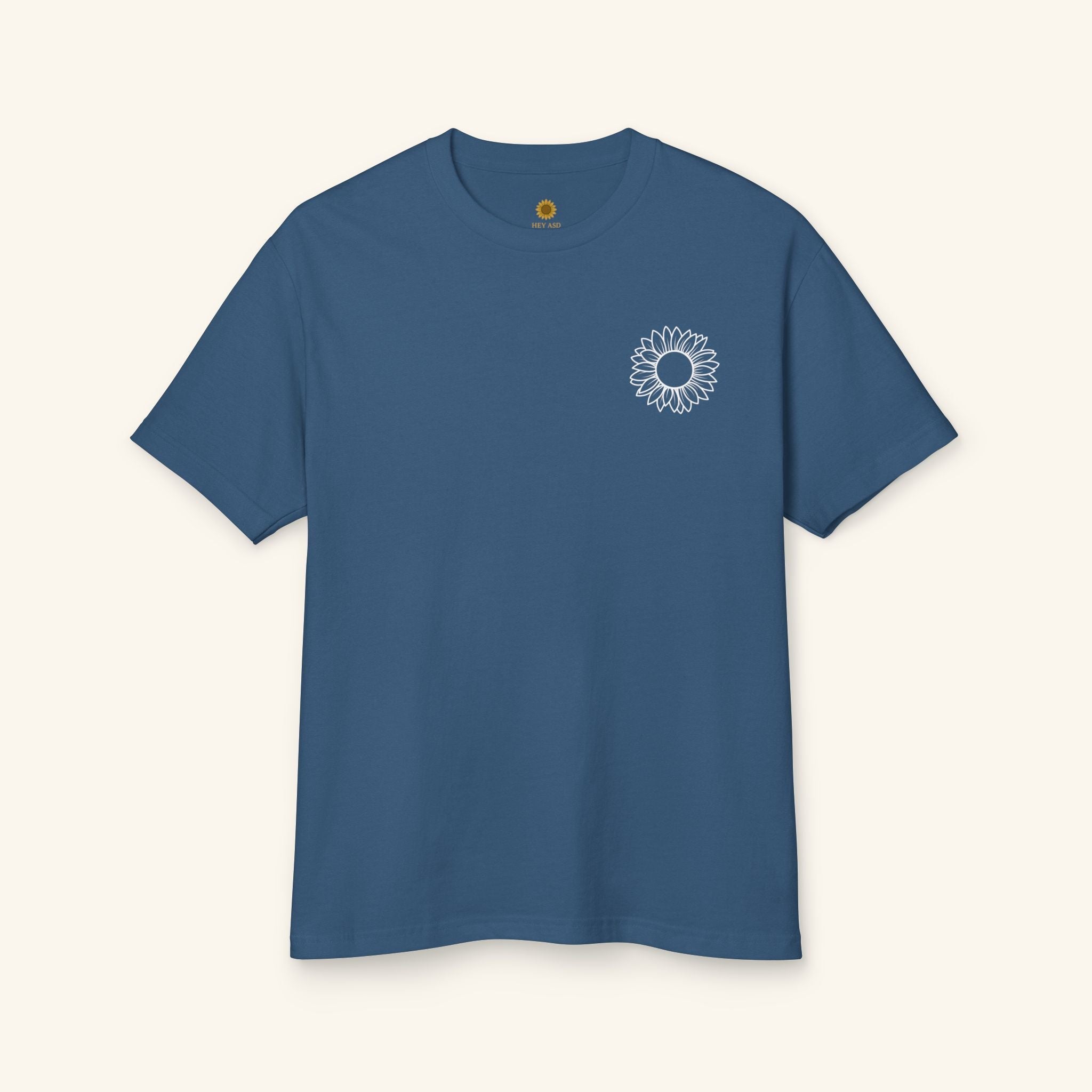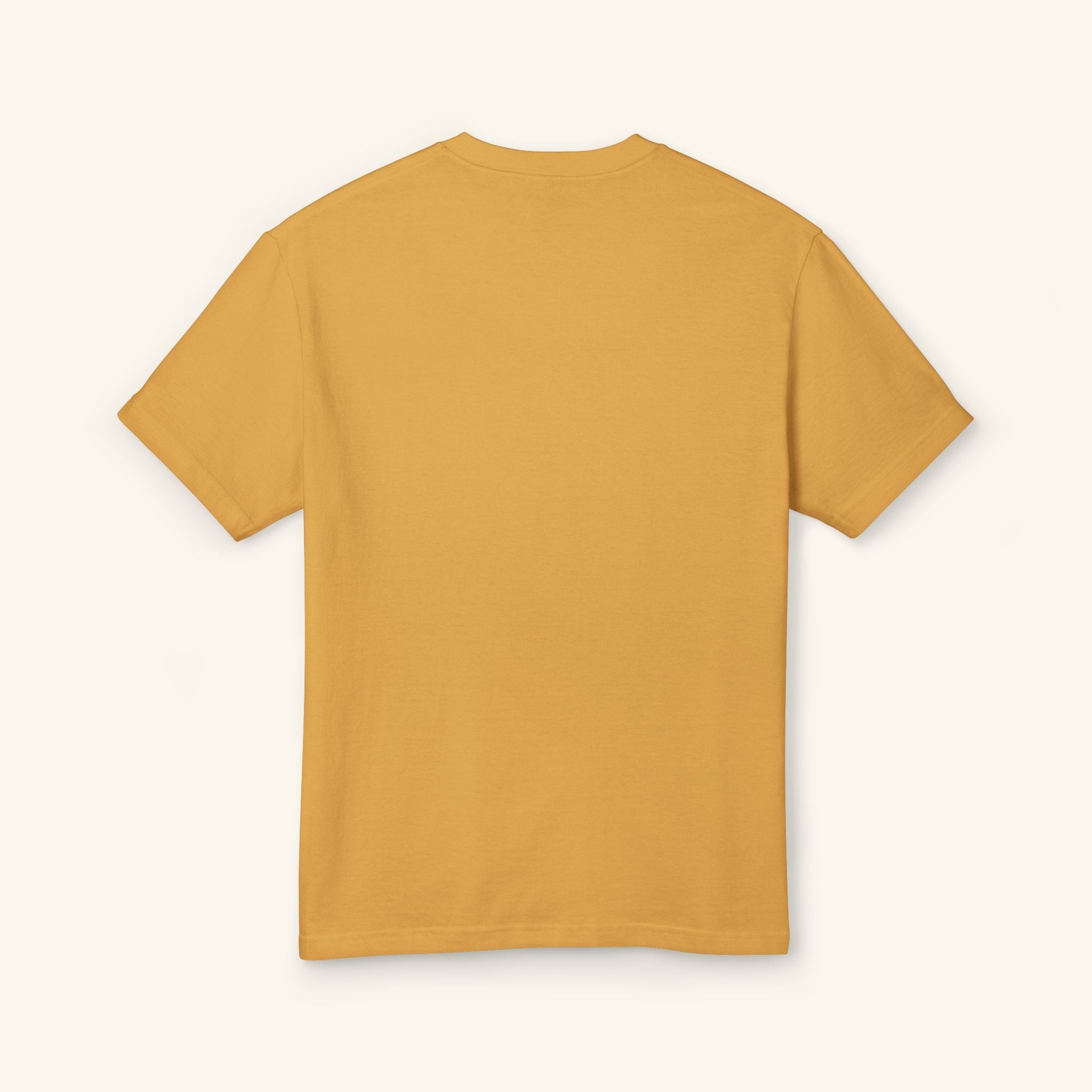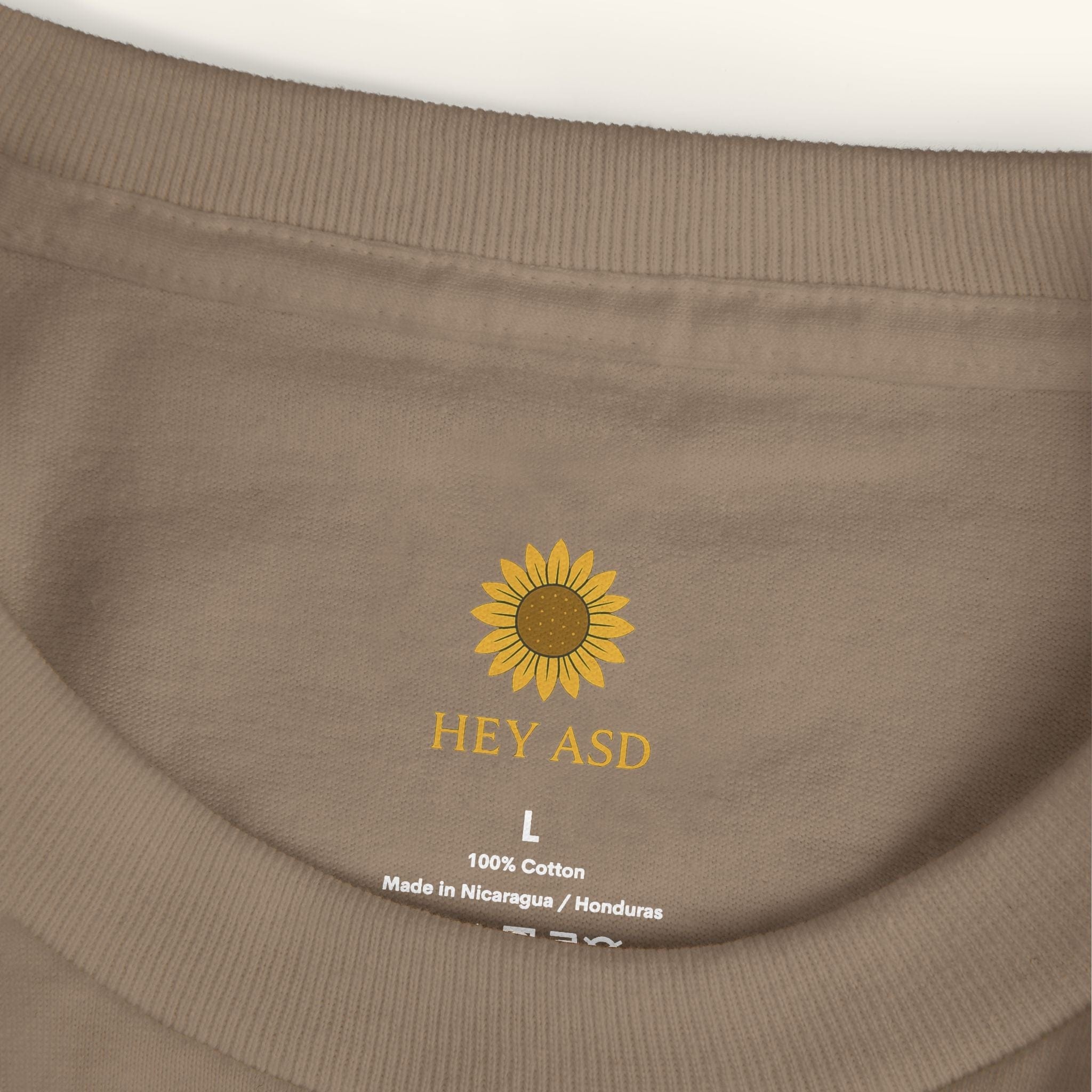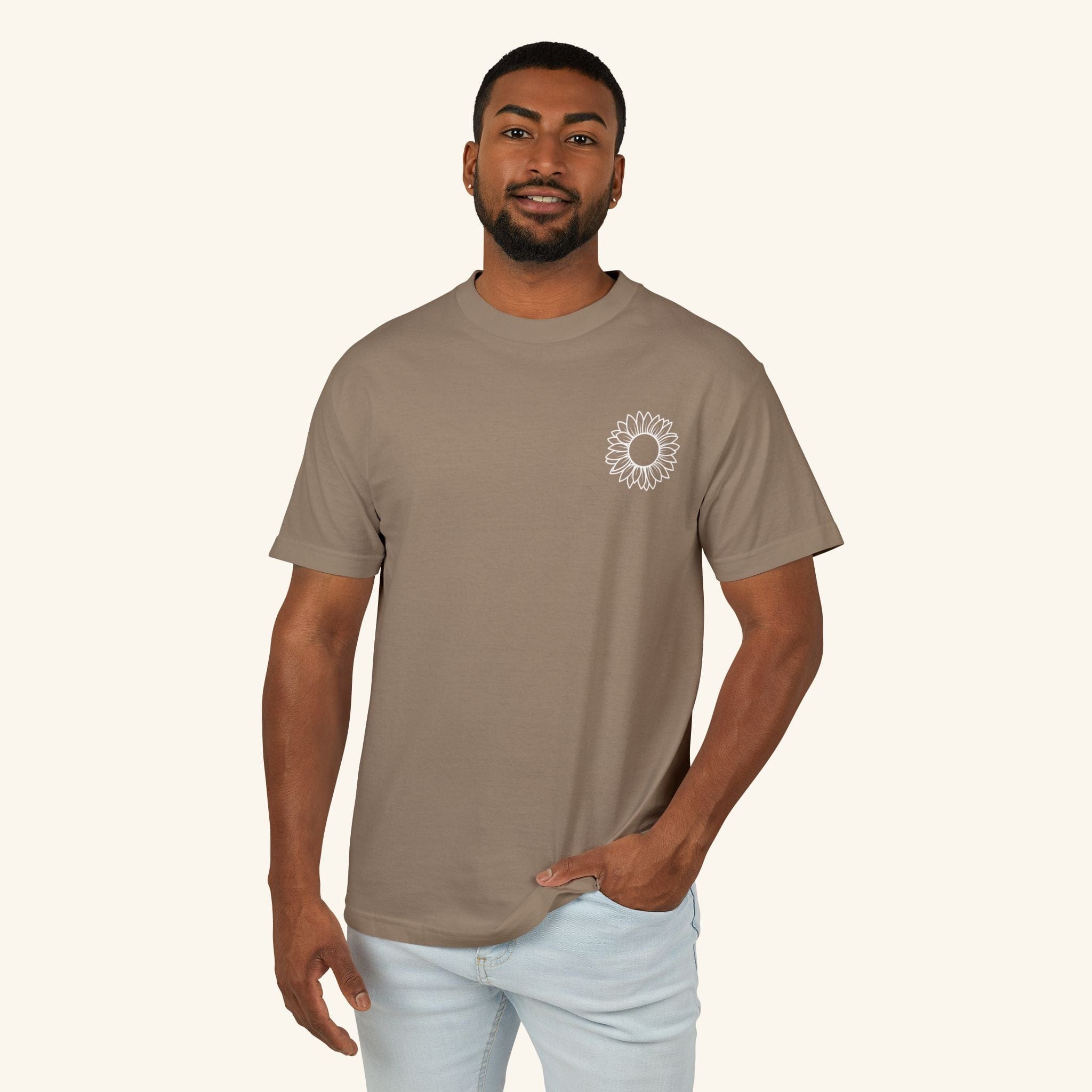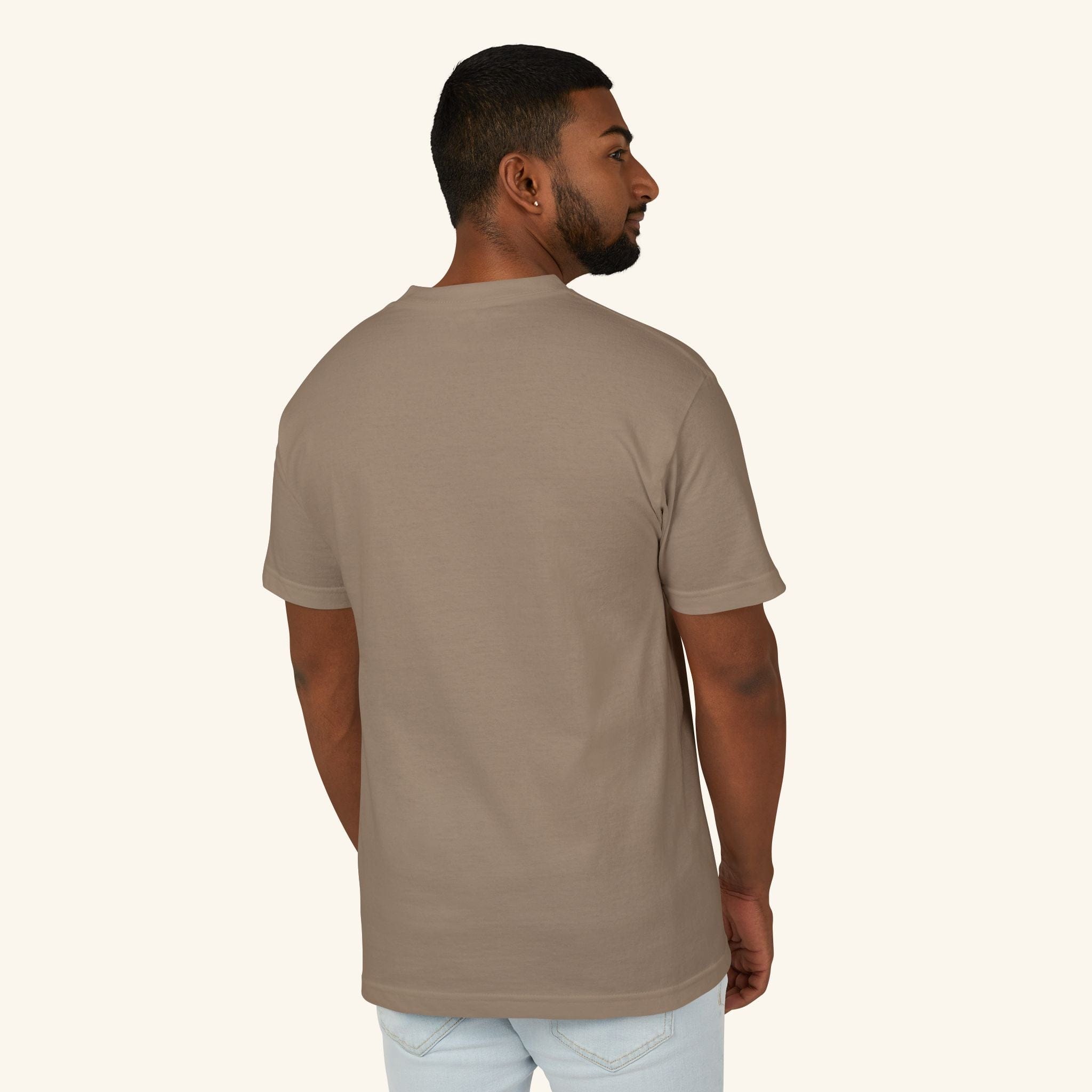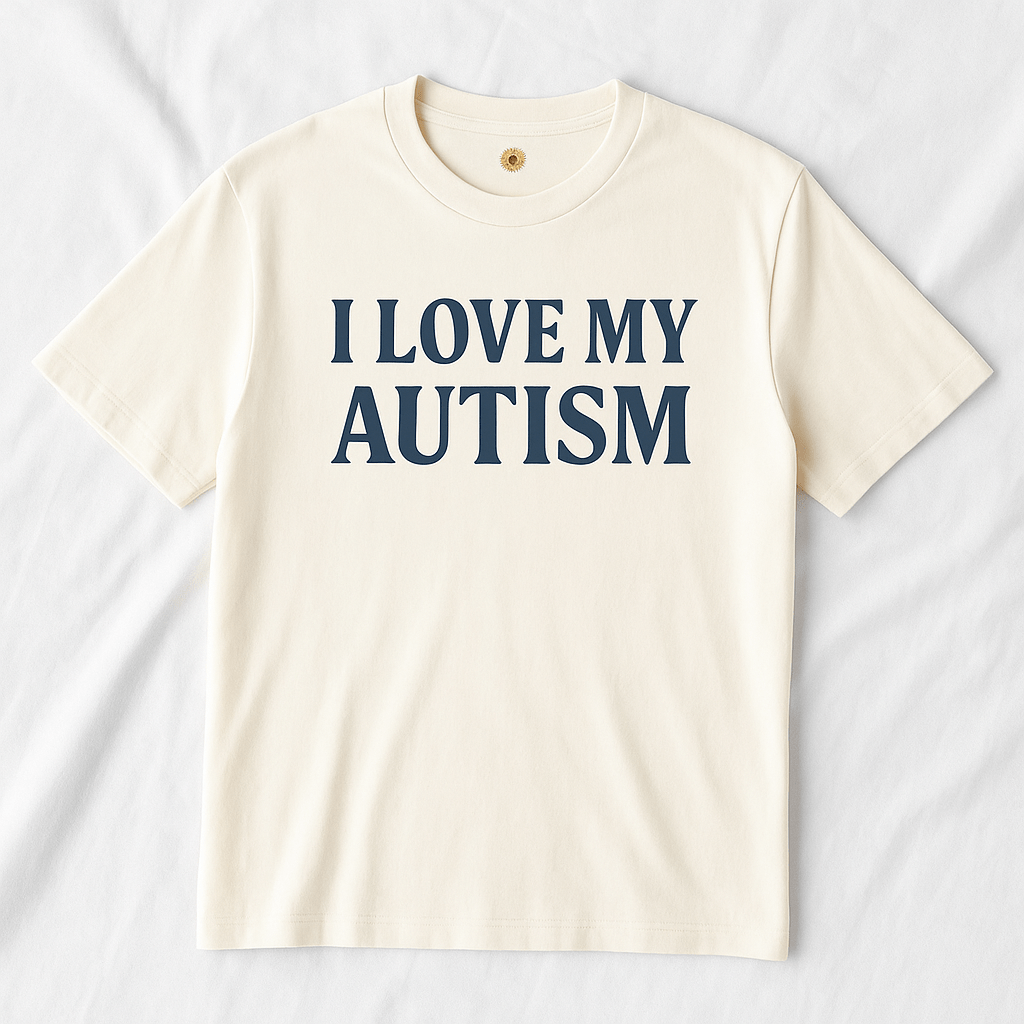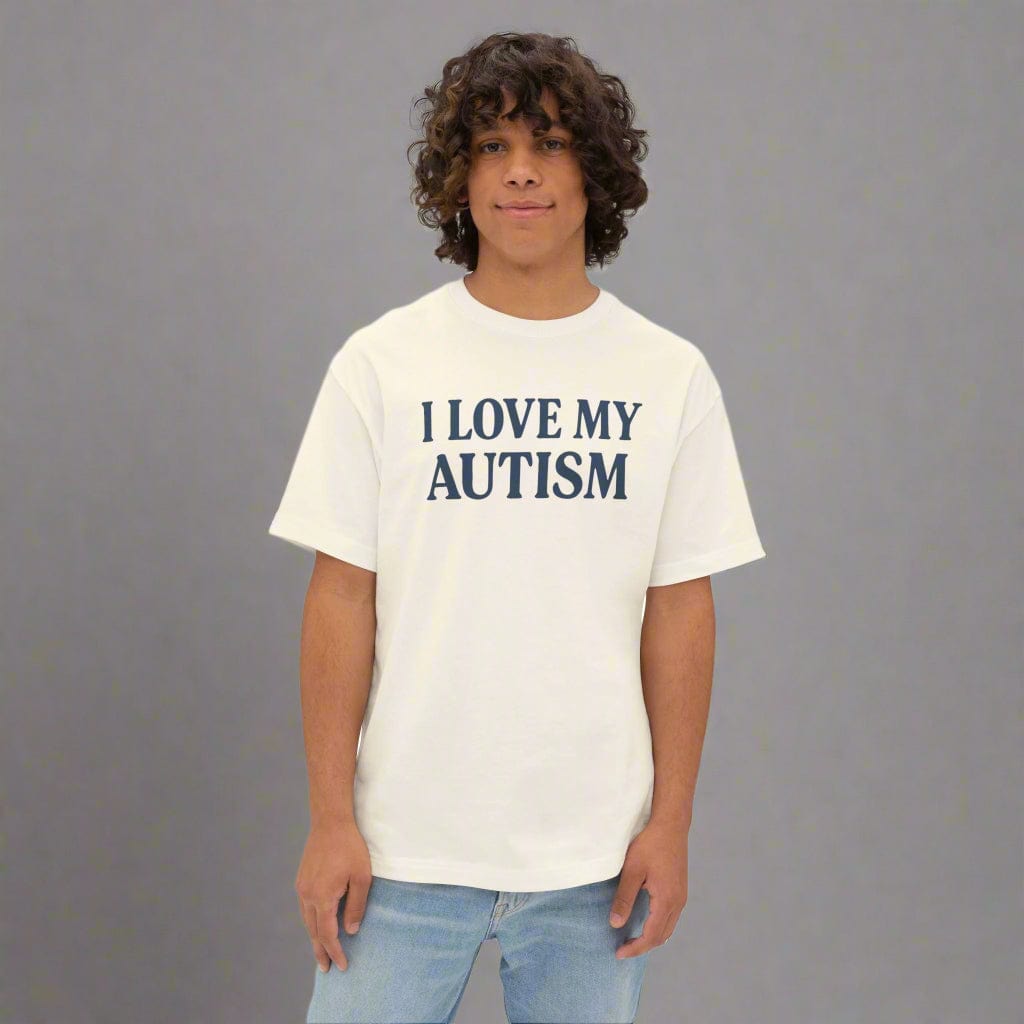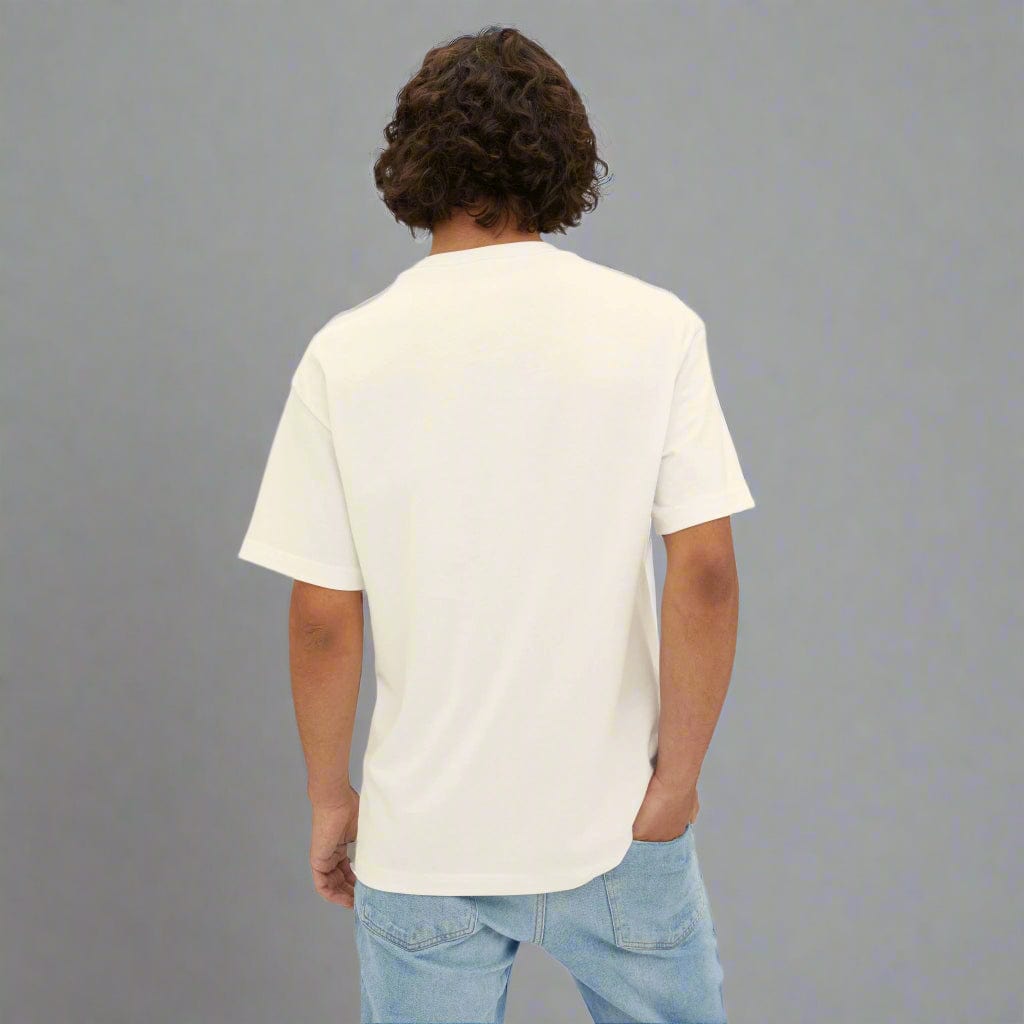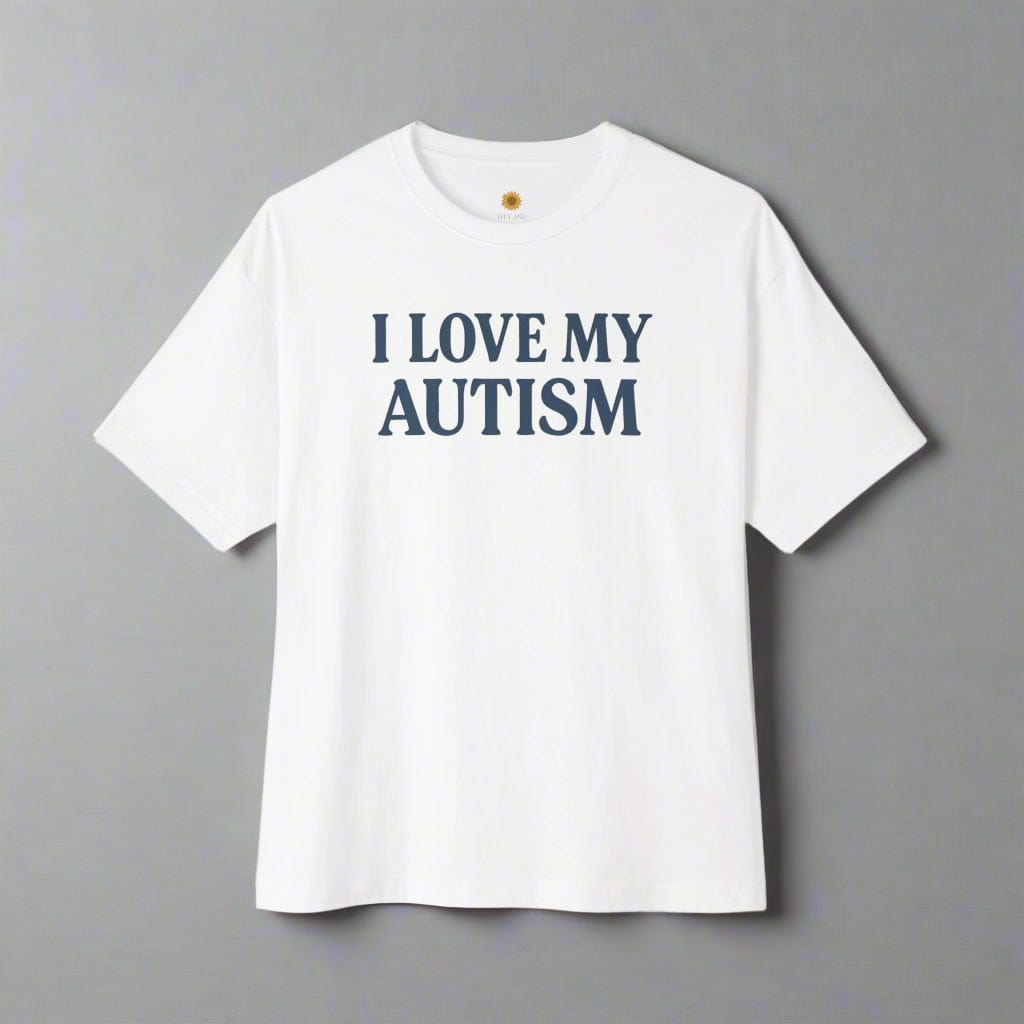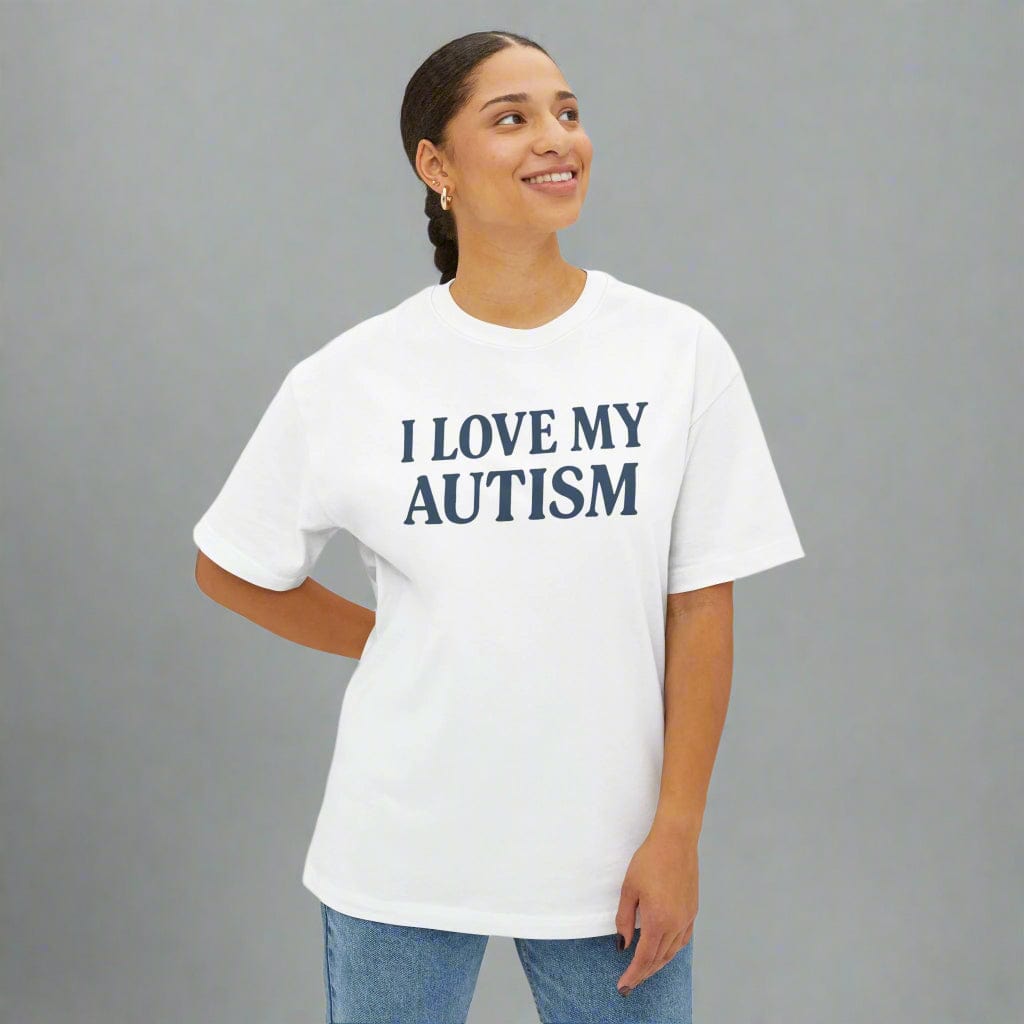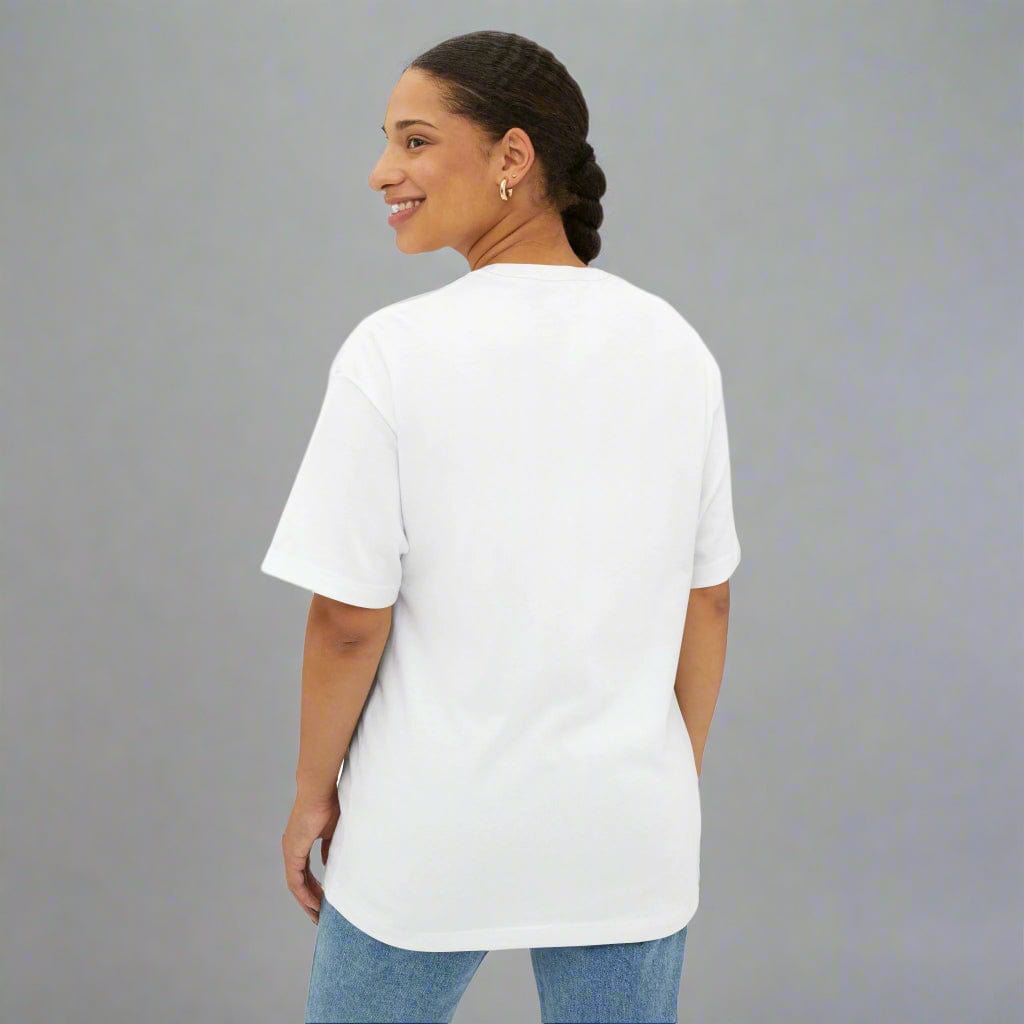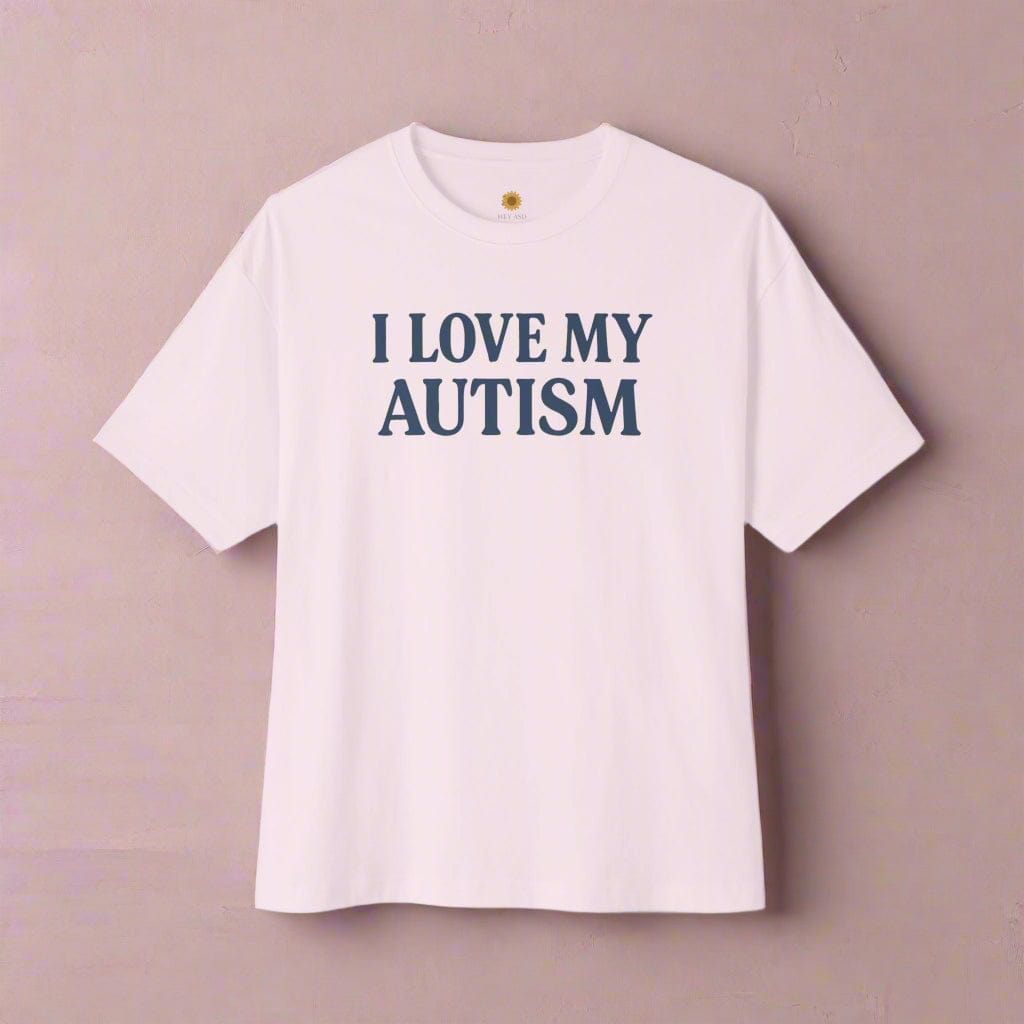What Makes Clothing Truly Sensory-Friendly? A Guide for Autistic Adults

Written by the HeyASD Editorial Team
Clothing should feel like a second skin—not something you have to fight against.
For many autistic adults and those with ADHD or sensory processing challenges, everyday clothing can feel unbearable. Tags that scratch, seams that rub, fabrics that cling too tightly — these small discomforts can build into overwhelm. That’s where sensory-friendly clothing comes in.
It’s not about being soft for the sake of it. These garments are thoughtfully engineered to reduce friction, avoid common irritants, and support calm throughout the day. Whether you’re getting dressed for work, downtime, or just trying to avoid a meltdown before leaving the house, what you wear matters.
Sensory-friendly clothing helps remove barriers to comfort and participation. When your body feels safe, everything else becomes just a bit more manageable.
Introduction to Autism-Friendly Clothing
Autism-friendly clothing is thoughtfully designed to address the unique sensory processing differences experienced by many children and adults on the autism spectrum. For those who find traditional clothing overwhelming or uncomfortable, these specialized garments offer a life-changing alternative.
By providing features like seamless designs, soft fabrics, and tagless labels, autism-friendly clothing brands make it possible for individuals to dress independently and enjoy a more comfortable, stress-free dressing experience. Selecting the right clothing can significantly impact daily life, allowing autistic adults to participate more fully in daily activities and reducing the anxiety that often comes with getting dressed. With the right features in place, clothing becomes a source of support rather than a barrier, improving quality of life for both adults and children.
Why Choose Sensory-Friendly Clothing?
Traditional clothing prioritizes aesthetics over comfort, but sensory-friendly clothing puts your sensory needs first. Here’s how the right clothing choices can transform your daily activities:
Eliminate Daily Discomfort – Tagless designs and flat seams remove the most common sensory irritations that can trigger anxiety and sensory overload
Dress Independently with Confidence – Adaptive features like elastic waistbands, Velcro fastenings, and seamless construction make the dressing process easier and more comfortable, enabling children to take off or put on garments with less difficulty. Adaptive features in clothing significantly aid children with fine motor skill difficulties, making it easier for them to dress independently.
Focus on What Matters – When clothing feels comfortable, you can participate fully in work, social situations, and daily lives without constant distraction
Feel Comfortable in Your Own Skin – Soft and comfortable fabrics that work with your individual sensitivities, not against them
Reduce Sensory Overload – Breathable fabrics and loose, non-restrictive fits help minimize tactile sensations that can overwhelm sensitive children and adults alike
Benefit from Adaptive Features – The use of features like elastic waistbands and Velcro fastenings in sensory-friendly clothing facilitates easier and more comfortable dressing for autistic adults, promoting independence and reducing sensory overload.
Research shows that 69% to 93% of autistic adults experience sensory sensitivities, making comfortable clothing choices essential for daily comfort and function.
If you’re choosing clothing for someone with sensory needs—or for yourself—look for soft fabrics, no tags, and a forgiving fit. These tips offer valuable insights for supporting children with sensory sensitivities and promoting their independence and comfort.
Understanding Clothing Sensitivities
Clothing sensitivities are a common challenge for individuals autistic individuals, often triggered by specific elements such as synthetic materials, wool, or restrictive clothing. These triggers can cause discomfort, anxiety, or even distress, making it essential to identify and understand each person’s individual sensitivities. Providing support starts with recognizing which fabrics or features—like tight waistbands or scratchy seams—cause discomfort. By carefully selecting clothing that meets these specific needs, it’s possible to minimize sensory discomfort and create a more positive dressing experience. Creating a wardrobe that avoids known triggers and incorporates comfortable, supportive elements can make a significant difference in daily comfort and confidence.
What Makes a Shirt Sensory-Friendly?
Understanding the key features that differentiate sensory-friendly clothing from regular clothing options helps in selecting the right items for your specific sensory needs. Finding the right sensory-friendly clothing options is essential, as it can greatly improve comfort and daily life for those with sensitivities. Many autistic adults with sensory sensitivities cannot tolerate tags, seams, or even certain types of clothing fit, making these features crucial for our comfort.
Tagless Designs Eliminate Irritation
Traditional labels are replaced with soft printed information or heat-transferred labels that won’t scratch or create pressure points on sensitive skin, especially around the neck where tags and seams can cause significant discomfort.
Flat Seams = No More Raised Edges
Seamless construction or external flat seams prevent the raised, bumpy texture of regular seams that can cause discomfort and sensory issues.
Soft Materials That Stay Soft
Natural materials like organic cotton, bamboo, and modal provide gentle tactile sensations while maintaining their softness through multiple washes, unlike synthetic materials that can become scratchy over time.
Adaptive Features for Easy Dressing
Elastic waistbands, magnetic closures, and seamless designs support those with fine motor challenges while creating a more comfortable dressing experience. For instance, magnetic closures make it easier to dress without struggling with small buttons, which is especially helpful for those with dexterity issues. Easy-open necklines are another adaptive feature that minimizes discomfort around the neck area.
Breathable, Non-Restrictive Fits
Loose, comfortable fits prevent the feeling of being constrained while breathable fabrics help regulate temperature and moisture.
When considering sensory-friendly clothing, it’s important to note what each brand offers. Many brands provide specialized clothing with features designed to address sensory and practical needs, such as tagless necklines, flat seams, and adaptive closures, ensuring a more comfortable experience for autistic individuals and those with sensory sensitivities.
“You deserve to feel comfortable every day. Your sensory needs aren’t something to work around – they’re something to honor.”
Comfortable Fabrics for Daily Life
The choice of fabric plays a crucial role in creating a comfortable dressing experience for autistic adults. Natural materials such as cotton, modal, and bamboo are commonly used in sensory-friendly clothing because they are soft, breathable, and gentle on sensitive skin. These fabrics are ideal for a variety of clothing items, including t shirts, underwear, bralettes, and more, providing comfort throughout the day.
By selecting clothing made from these natural materials, individuals can reduce anxiety and avoid the irritation that often comes with synthetic fabrics. Many autism-friendly brands offer a wide selection of items in these soft fabrics, allowing everyone to create a wardrobe that feels good and supports their unique needs.
Addressing Clothing Aversions
For many autistic adults, clothing aversions can make getting dressed a daily struggle. Strong reactions to certain fabrics, textures, or clothing elements are not uncommon, and addressing these aversions requires patience and understanding. Gradual exposure to new items and materials, starting with the least sensitive areas, can help build tolerance over time.
Choosing clothing with seamless designs and tagless labels can also make a big difference, as these features help to reduce sensory discomfort and create a more positive dressing experience. By introducing new clothing elements slowly and focusing on comfort, it’s possible to create a wardrobe that feels safe and supportive for even the most sensitive individuals.
Who Is Sensory-Friendly Clothing For?
While sensory-friendly clothing is designed with autistic adults in mind, it can benefit anyone who values comfort, ease, and reduced sensory input. Whether you’re navigating daily life with a neurodivergent brain or simply tired of clothes that fight you—sensory-friendly design can help.
Autistic Adults
Who experience heightened sensitivity to clothing textures, tags, and seams that can trigger overwhelm, shutdowns, or anxiety. For many, true comfort isn’t optional—it’s essential to functioning.
Individuals with ADHD
Who may struggle with distraction, irritability, or executive dysfunction caused by uncomfortable clothing. Soft, tagless garments can help reduce those constant sensory interruptions so you can focus, move, and feel at ease.
People with Sensory Processing Differences
Including sensory processing disorder (SPD), who need clothing that supports regulation—not clothing that adds to daily sensory load.
Anyone with Skin Conditions
Like eczema, dermatitis, or chemical sensitivities—who benefit from hypoallergenic, breathable materials that don’t aggravate the skin.
Trauma Survivors or Highly Sensitive People
Who feel physically dysregulated in clothing that’s too tight, synthetic, or stimulating. Soft seams and loose fits offer grounding without discomfort.
People Recovering from Medical Treatments
Who may need gentle, non-restrictive clothing that doesn’t irritate surgical sites or sensitive areas.
Featured Sensory-Friendly Collection
Sensory-Friendly T-Shirts
Our sensory-friendly t-shirts are made for bodies and brains that notice everything. Designed with the autistic experience in mind, each tee in this collection skips the usual irritants—no tags, no harsh seams, no clingy fits.
Instead, you’ll find soft, breathable fabrics like cotton and bamboo blends, relaxed silhouettes that don’t restrict movement, and flat seams that stay out of the way. These tees are quiet on the skin and gentle on the nervous system—perfect for everyday wear, whether you’re masking all day or finally unmasking at home.
If you’ve ever cut out a tag mid-meeting or flipped a shirt inside out to survive a social event, these were made for you.
Key Features: Tagless design, flat seams, organic cotton, loose comfortable fit
Comfortable Autism-Friendly Hoodies
Our autism-friendly hoodies are designed for real-life comfort—nothing stiff, itchy, or overly structured. Every piece in this collection is made with sensory processing in mind: soft jersey-knit interiors, smooth seams, and relaxed fits that don’t cling or irritate.
Features like loose hoods offer gentle coverage without overwhelm, while thoughtfully placed pockets and tag-free designs keep distractions to a minimum. Elastic cuffs stay put without squeezing, and the overall fit is made to move with you—whether you’re working, resting, or grounding after a long day.
Made for autistic adults and anyone who’s ever felt like typical hoodies were just too much, these pieces are here to support you—not overstimulate you.
Key Features: Seamless interior, adaptive hood design, elastic waistband, breathable fabric
How to Find Your Perfect Sensory-Friendly Clothing
Step 1: Identify Your Sensory Triggers
Notice what specific elements cause discomfort – is it tags, seams, fabric texture, or fit? Understanding your individual sensitivities helps in selecting clothing that will truly enhance comfort.
Step 2: Start with Essential Items
Begin with basic pieces like underwear, t shirts, or socks. These items are worn closest to skin and can significantly impact your comfort level throughout the day.
Step 3: Test and Explore
Try different natural materials like cotton, bamboo, or modal to find what feels best. Each person’s tactile sensitivities are unique, so what works for others might not work for you.
Step 4: Build Your Sensory-Friendly Wardrobe
Once you find items that work, gradually expand your collection. Having multiple comfortable clothing choices reduces daily stress and supports independence in dressing.
Promoting Inclusivity through Clothing
Clothing is more than just what we wear—it’s a way to express ourselves and feel included in the world around us. For autistic adults, having access to clothing that meets our unique sensory processing differences is essential for participating in daily activities and social events with confidence.
Autism-friendly clothing brands are leading the way by providing features and designs that address specific sensory needs, making it easier for everyone to find the right clothing for their comfort level. By selecting clothing that meets individual preferences and needs, autistic adults can reduce anxiety, feel more included, and enjoy a more empowering dressing experience.
Frequently Asked Questions
What makes sensory-friendly clothing different from regular “soft” clothing?
Sensory-friendly clothing is specifically designed to eliminate common sensory triggers like tags, raised seams, and synthetic materials. Regular soft clothing may still have elements that can cause sensory discomfort for sensitive individuals.
Is sensory-friendly clothing only for autistic individuals?
No, while originally designed for autistic individuals, sensory friendly clothing benefits anyone with sensory sensitivities, skin conditions, or those who simply prioritize comfort. Adults with ADHD, anxiety, and various medical conditions also find these clothing options beneficial.
How do I know if I need sensory-friendly clothing?
If you frequently remove tags, turn clothes inside out, avoid certain fabrics, or feel distracted by clothing sensations, sensory-friendly options might significantly improve your comfort. Many people don’t realize how much their clothing affects their daily comfort until they try truly comfortable alternatives.
Can sensory-friendly clothing be stylish?
Absolutely. Modern sensory friendly clothing brands create stylish, age-appropriate options that prioritize both comfort and appearance. You don’t have to sacrifice style for sensory comfort.
Will these fabrics maintain their softness after washing?
Quality sensory-friendly clothing is designed to maintain its soft properties through multiple washes. Natural materials like organic cotton, bamboo, and modal actually tend to get softer over time when properly cared for.
Join Hundreds of Autistic Adults Feeling
More Comfort in Their Own Skin
Use code WELCOME10 for 10% off your first order.
Start Your Comfort JourneyStart Your Journey to Daily Comfort
You deserve clothing that doesn’t make you flinch. That doesn’t distract or irritate or demand you push through discomfort just to be presentable. You deserve softness without compromise. Comfort without disclaimers. Clothes that were made by people who get it—for people like you.
Whether you’re autistic, sensory-sensitive, or just tired of fighting your wardrobe, sensory-friendly clothing is more than a fabric choice—it’s a way to support your nervous system, reclaim your energy, and feel at home in your own skin.
This isn’t about looking polished. It’s about feeling safe. Feeling regulated. Feeling like yourself.
Browse our complete collection of sensory-friendly clothing and discover how much lighter the day feels when what you wear finally works with you, not against you.
On This Page
Frequently asked questions
What is sensory-friendly clothing?
What clothing material is best for sensory issues?
What helps sensory issues with clothes?
Does ADHD cause sensory issues with clothes?
What clothes are good for people with ADHD and sensory needs?
What should I wear if I have sensory issues?
Do clothing sensitivities always mean autistic?
Do kids grow out of sensory clothing issues?
Where can I buy real sensory-friendly clothing, not just soft t-shirts?

About the HeyASD Editorial Team
Autistic‑owned • Values‑led • Sensory‑friendly design
We are autistic creators, writers, and advocates dedicated to producing resources that are practical, sensory-aware, and grounded in lived experience. Our mission is to make information and products that support the autistic community accessible to everyone, without jargon or condescension. Learn more about our team.
This article is written from lived autistic experience and an evidence-aware perspective. It is for general informational purposes only and should not be taken as medical, legal or therapeutic advice.
Always consult a qualified clinician or occupational therapist for individual needs and circumstances.

About Our Autism Blog
HeyASD isn’t just a store, it’s a calm, supportive space created by and for autistic adults. Our blog shares sensory-friendly tips, identity-affirming stories, and heartfelt resources for navigating life as an autistic person. Whether you're late-diagnosed, exploring your needs, or supporting someone you love, you're welcome here.
Thank you for reading. We hope these resources bring comfort and clarity.












